Home security ranks high on the priority list for many, and advancements in technology have made it easier than ever to monitor your home remotely. With remote video monitoring, homeowners can check live feeds from their security cameras using smartphones, tablets, or computers. This capability offers reassurance while you're at work, on vacation, or simply out for a quick errand. In this blog post, we'll explore how to set up an effective remote video monitoring system for your home. We'll guide you through selecting the right cameras and provide tips on how to access your live feed from anywhere, ensuring your home is secure and giving you peace of mind.

Why is remote video monitoring important?
Remote video monitoring is a security technology that allows homeowners to observe and record video footage of their property through cameras connected to the internet. This system enables users to view live streams via any internet-connected device, such as smartphones, tablets, or computers, no matter their location. Such capabilities not only enhance the monitoring of property perimeter and internal spaces but also provide the flexibility to check in on your home at any time.
The importance of remote video monitoring in home security is multifaceted.
- Firstly, it acts as a formidable deterrent to potential intruders who are less likely to target a property visibly equipped with surveillance technology.
- Secondly, it provides real-time alerts and footage in the event of an incident, allowing for immediate action—whether that’s contacting law enforcement or remotely triggering alarms.
- Furthermore, recorded footage can be invaluable in the aftermath of a security breach, serving as evidence for insurance claims and legal proceedings.
In essence, remote video monitoring transforms traditional home security into a proactive and dynamic system.
How to choose the right equipment for better remote video monitoring
The quality of equipment you choose plays a crucial role in the effectiveness of your home's remote video monitoring. With various products available, understanding the differences in camera types and features is essential for enhancing your system’s efficiency and reliability.
Understanding Different Types of Security Cameras
- Indoor Cameras: These are designed to monitor the interior of your home. They often come in compact sizes and can be placed on shelves or mounted on walls to oversee common areas like living rooms, hallways, and entryways.
- Outdoor Cameras: Built to withstand various weather conditions, outdoor cameras are essential for monitoring the exterior of your home, such as front porches, backyards, and driveways.
- video doorbells: These cameras are integrated into doorbells and provide a video feed of who is at your door. They are particularly useful for screening visitors and detecting package deliveries.
Each type of camera plays a pivotal role in creating a comprehensive surveillance system. Indoor cameras help monitor activities and detect movements inside the home, while outdoor cameras enhance perimeter security and help in monitoring for any suspicious activity around the property. video doorbells add an extra layer of security at entry points, making it easier to identify visitors and deter potential porch pirates.
Essential features of security cameras to look for
To ensure your home security system is robust and capable, look for the following key features:
- HD Quality: High-definition resolution for clear, discernible images.
- Night Vision: Essential for continuous monitoring, even in low light conditions.
- Motion Detection: Sends alerts and starts recording when movement is detected, enhancing the efficiency of the monitoring system.
- Weather Resistance: Crucial for outdoor cameras to ensure durability against elements like rain, wind, and extreme temperatures.
- Immediate Alerts: Enables real-time notifications on your mobile devices, keeping you informed of any activity.
aosu’s security cameras are your reliable partners
aosu's products are recognized for the sturdy construction and advanced features, such as excellent night vision and accurate motion detection, ensuring effective home monitoring. Their cameras easily integrate with existing home networks, making them a preferred option for homeowners aiming to enhance their home security systems.
By choosing the right type of cameras and focusing on essential features, you can create a remote video monitoring system that not only watches over your home effectively but also offers ease of use and peace of mind.

Benefits of remote video monitoring for home and business
Remote video monitoring offers extensive benefits, enhancing security and operational efficiency in both residential and business settings. This section highlights how different camera types and configurations contribute to safety, security, and management both at home and in the workplace.
For Home
- Securing your living environment: The presence of various types of cameras such as outdoor, indoor, and night vision cameras can deter potential intruders and provide real-time alerts to homeowners. This allows for immediate action or verification, contributing significantly to a secure and peaceful living environment.
- Ensuring the safety of pets and children: Indoor cameras play a crucial role in home safety by monitoring areas where children play and pets roam. These cameras can be accessed remotely, giving parents and pet owners the ability to keep an eye on their loved ones and ensure their safety even when they are away from home.
- Monitoring entry points with video doorbells: Video doorbells are a cornerstone of modern smart home systems, allowing homeowners to see and communicate with visitors at their door, regardless of whether they are at home or away.
For Business
- Preventing theft with outdoor cameras: Businesses benefit from the installation of outdoor cameras which provide continuous surveillance to monitor perimeters and prevent unauthorized access or theft. These cameras can be crucial in securing valuable assets and sensitive areas, especially after business hours.
- Monitoring employee productivity and business operations: Indoor cameras can be strategically placed to oversee business operations and employee activity. This monitoring helps in maintaining productivity standards and can also be used for training purposes, ensuring that business operations are running smoothly and efficiently.
- Ensuring Compliance with Safety and Security Regulations: For many businesses, adhering to safety and security regulations is not just about operational integrity but also legal compliance. Remote video monitoring systems help ensure that standards are maintained, and any incidents are recorded, which can be critical during inspections or audits.

How to install security cameras for comprehensive monitoring
Installing your remote video monitoring system correctly is essential for ensuring optimal functionality and security. Here’s a comprehensive guide to best practices for camera placement and setup, ensuring reliable internet connectivity, managing wiring effectively, and optimizing solar-powered cameras.
Place the camera properly
- Outdoor Cameras: Position these to cover all entry points, with a focus on doors, windows, and other access areas. Mount them at a height that is out of easy reach to prevent tampering but low enough to capture clear facial images.
- Indoor Cameras: Place these in key traffic areas like hallways and near entry points inside the building. Ensure they are positioned to avoid direct backlighting from windows and lamps to improve image quality.
- Video Doorbells: Mount at about 4 to 5 feet off the ground, angled to capture a broad view that includes the doorstep and approach path.
Ensuring Reliable Internet Connectivity
- Check Bandwidth: Ensure your home or business internet can handle the upload stream of multiple cameras, especially if they record in high definition.
- Dedicated Wi-Fi Network: Consider setting up a separate Wi-Fi network for your security system to avoid bandwidth competition with household or business devices.
- Strengthen Wi-Fi Signals: Use range extenders or a mesh network system if cameras are located far from the router to maintain strong and consistent signal strength.
Managing Wiring for Wired Cameras
- Conceal Wires: Route cables along edges, eaves, and through walls where possible to keep them hidden and protected from cutting or tampering.
- Use Protective Conduit: Use conduits for wires that must run in exposed locations, which helps protect against weather and physical damage.
- Regular Inspections: Check exposed and concealed wires periodically for signs of wear or damage, ensuring longevity and reliability of your wired setup.
Optimizing Solar-Powered Cameras
- Sunlight Exposure: Install solar panels in positions that receive maximum sunlight throughout the day. Avoid locations where shadows fall during peak sun hours.
- Angle Adjustment: Adjust the angle of the solar panel seasonally to catch the optimal angle of the sun, maximizing charging capacity.
- Regular Cleaning: Keep solar panels clean from dust and debris, which can block sunlight and reduce the efficiency of power generation.
By adhering to these installation tips, you can enhance the efficiency and effectiveness of your remote video monitoring system, ensuring it provides reliable security coverage tailored to your specific environmental and technological needs.
Conclusion
In conclusion, remote video monitoring is a crucial asset for boosting security and oversight in both residential and commercial settings. By implementing a system that is customized to your specific needs and adheres to legal guidelines, you can greatly enhance safety and operational effectiveness. We recommend exploring the wide range of benefits and features these systems offer, ensuring they are properly configured and installed to address your unique security demands and provide peace of mind.






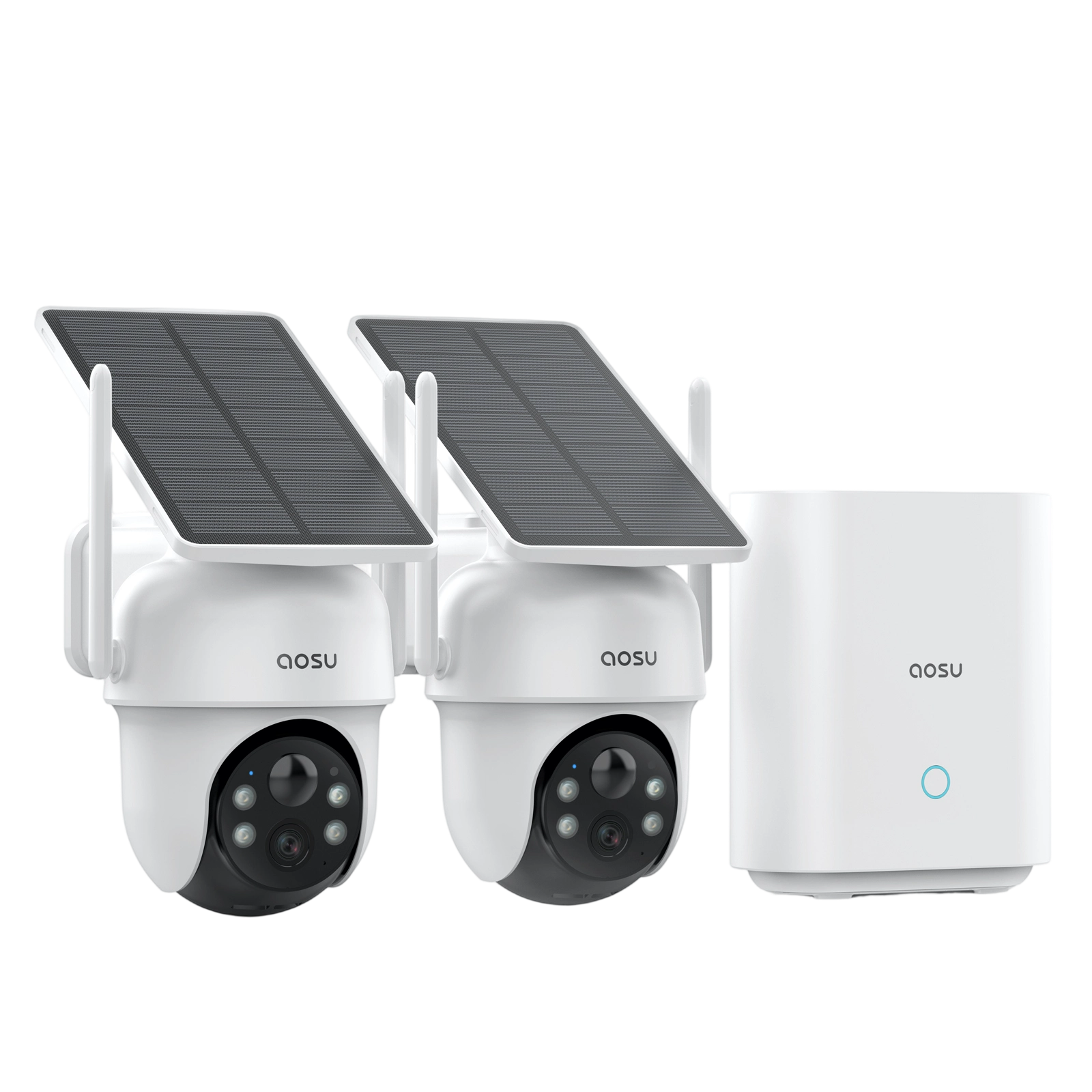
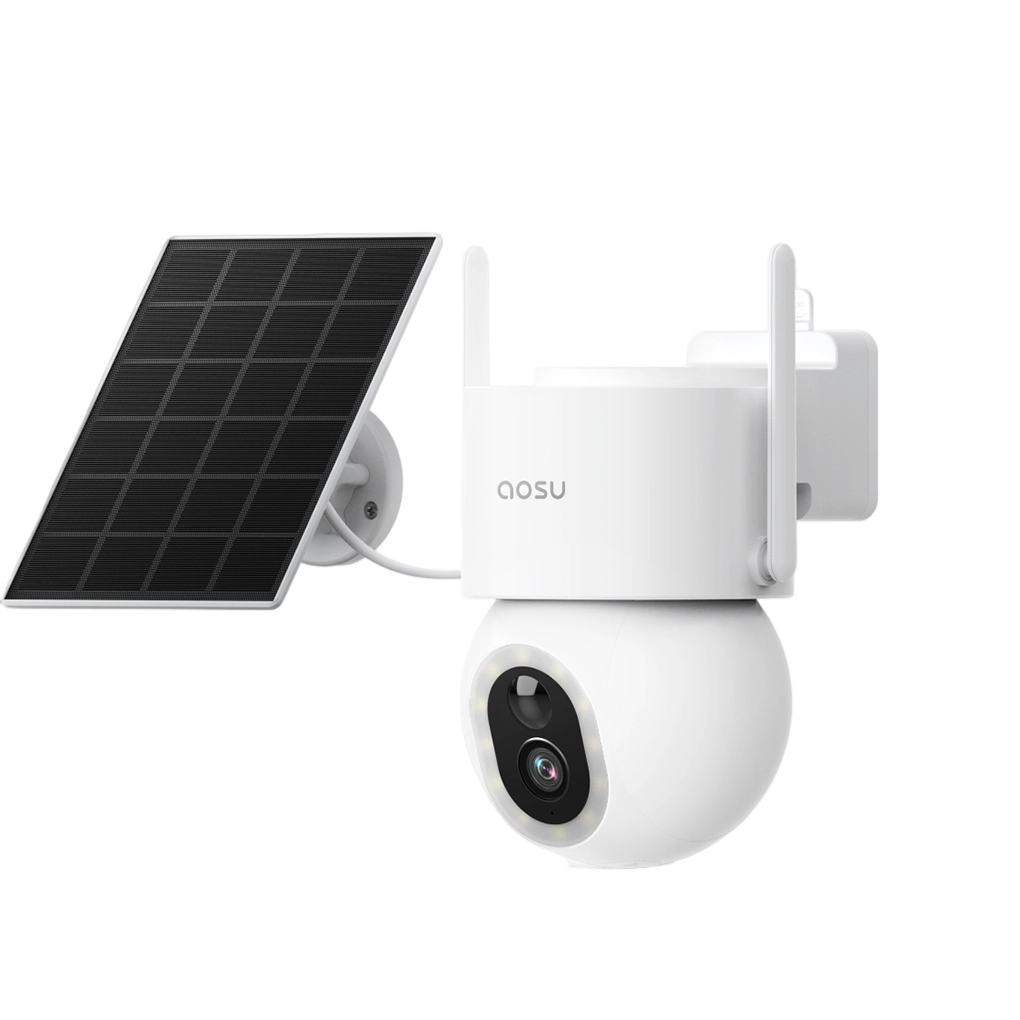
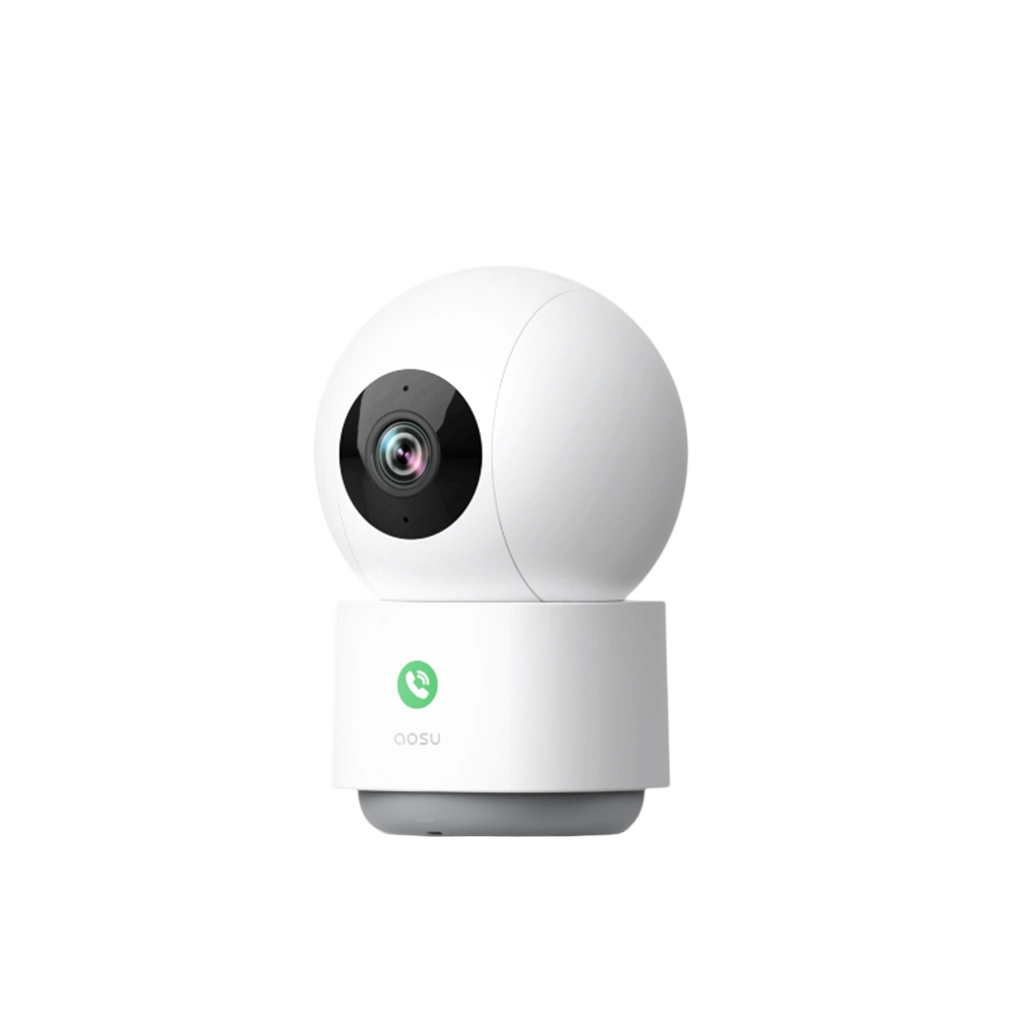
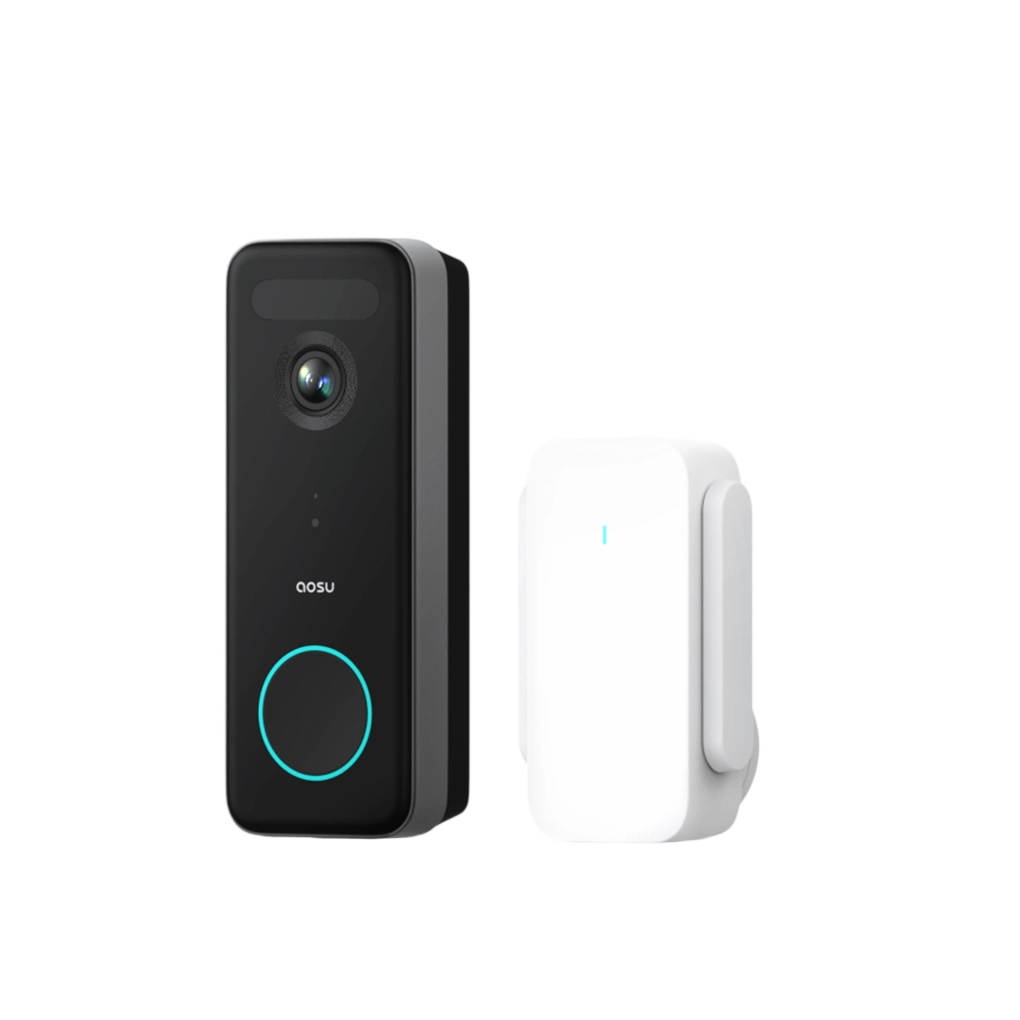
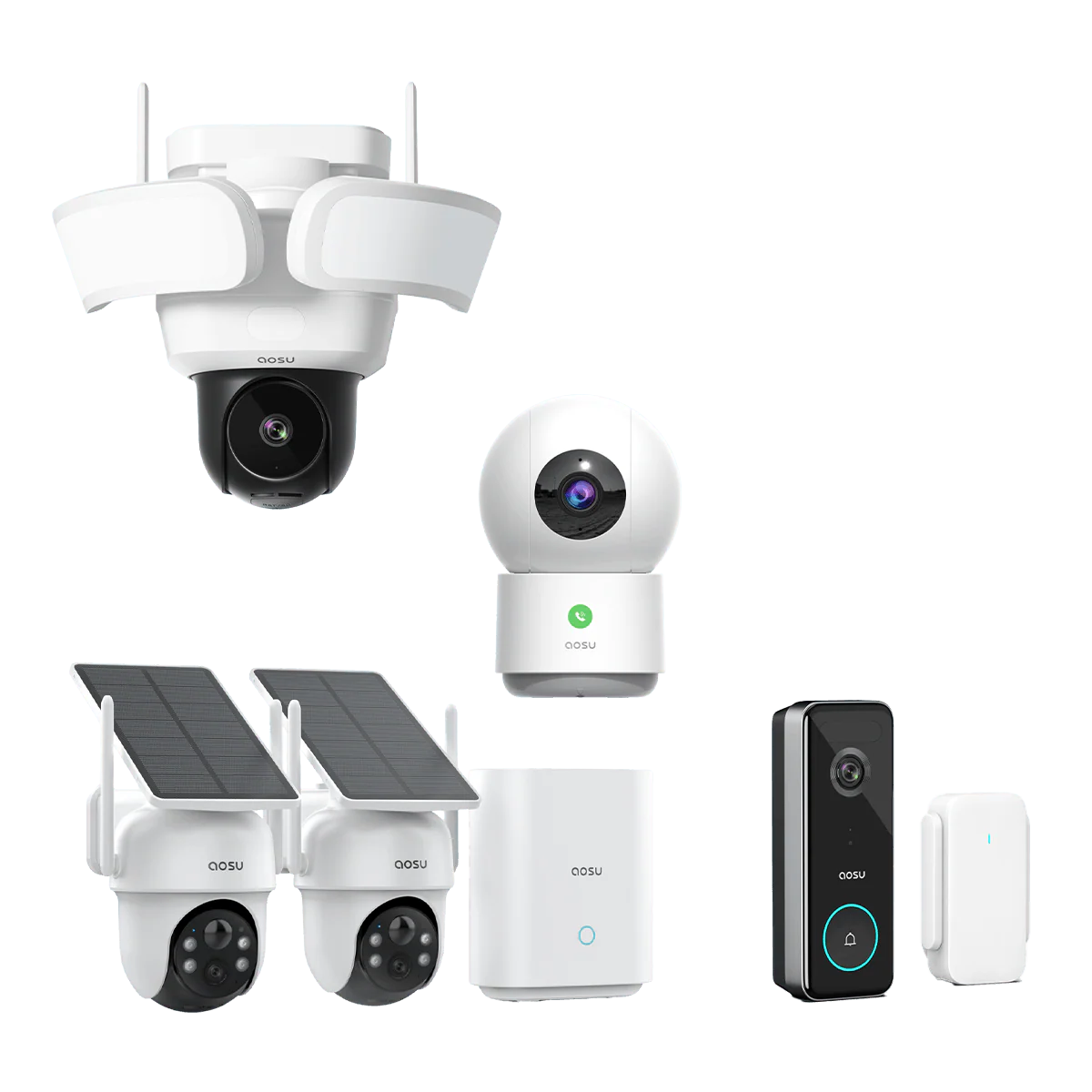
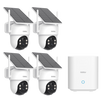
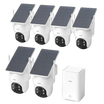
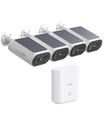

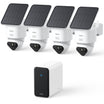
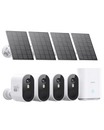
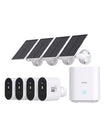
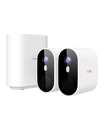
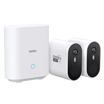
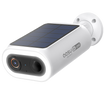
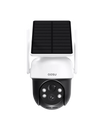
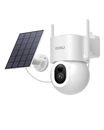
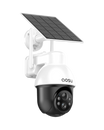
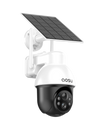
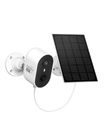
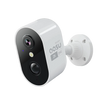
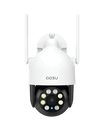
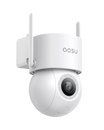
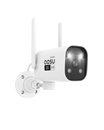
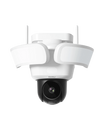
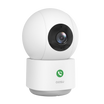
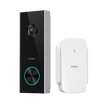
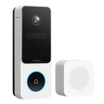
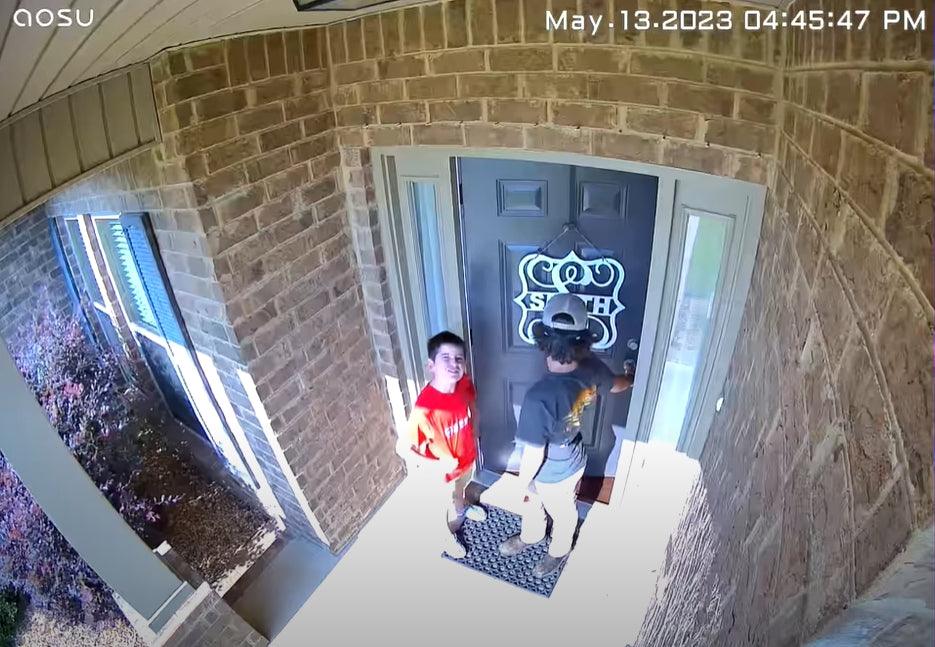

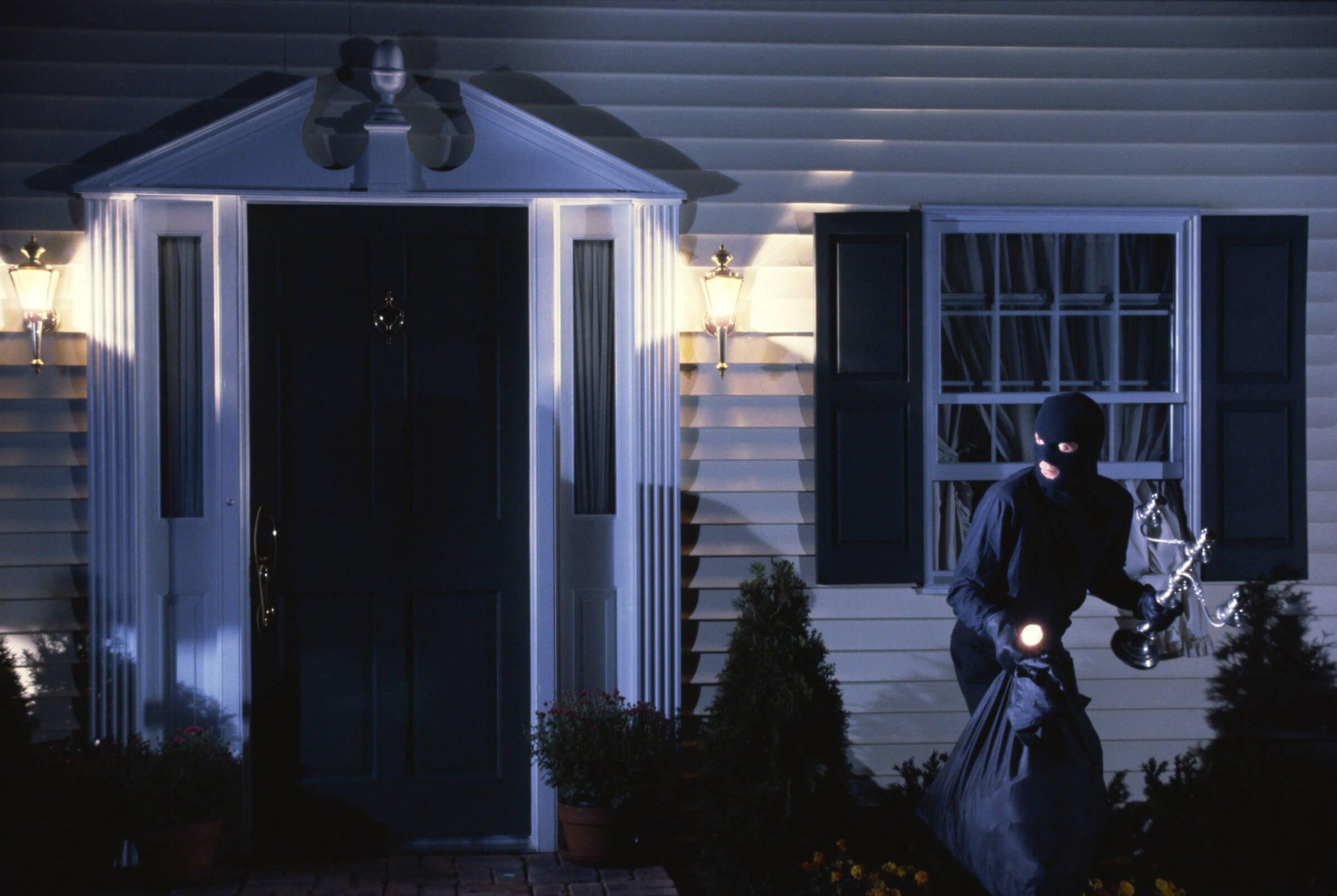

Leave a comment
This site is protected by hCaptcha and the hCaptcha Privacy Policy and Terms of Service apply.